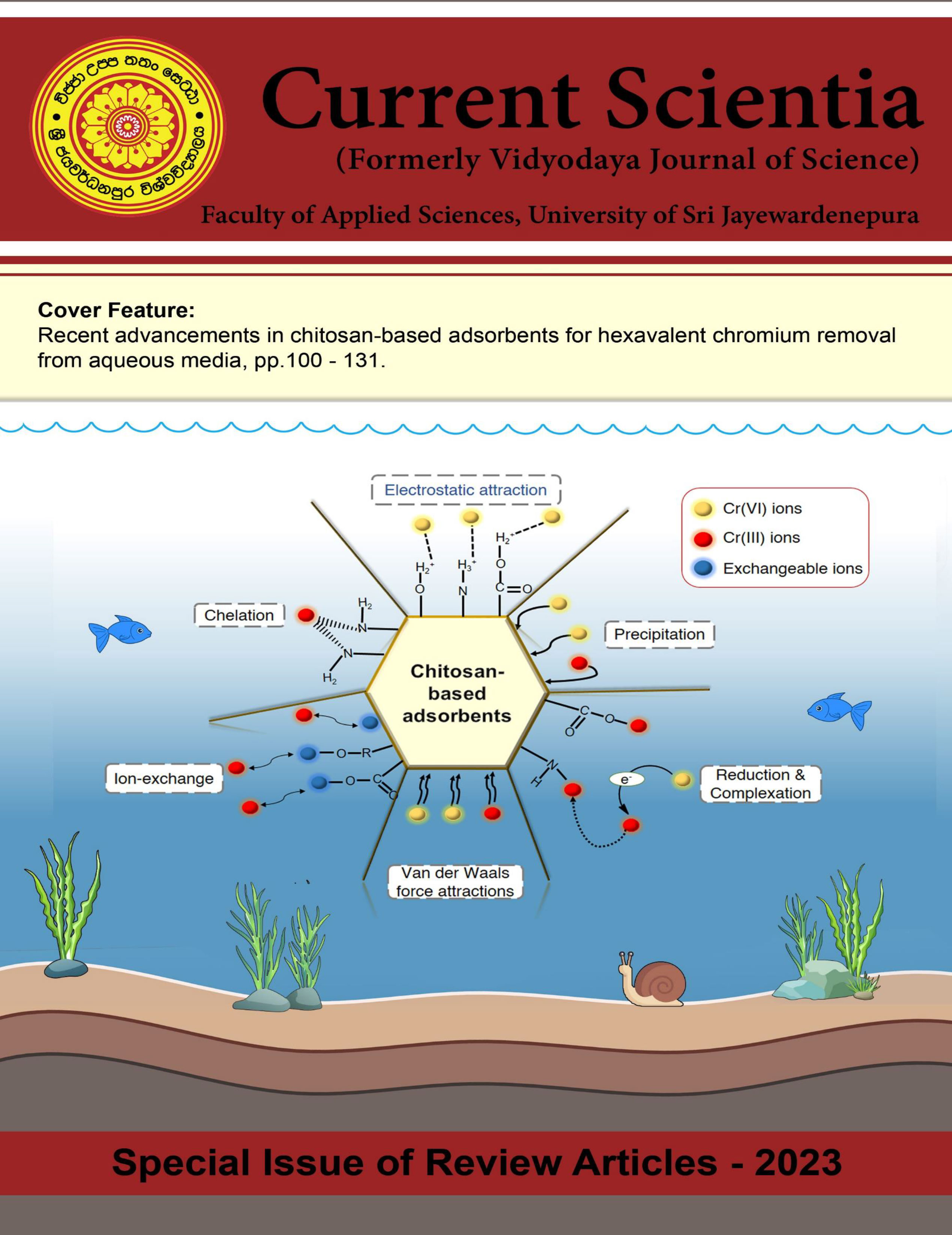A Review on the Comparative Analysis of Synthetic Insect Repellents and Essential Oil Based Sustained-release Insect Repellent Formulations
DOI:
https://doi.org/10.31357/vjs.v1is1.6716Abstract
The necessity of developing insect repellents with highly effective sustained release properties has attracted more attention due to the vast spread of arthropod-borne diseases such as dengue and malaria, which must be controlled with proper measures, and also due to the devastating damage caused by severe infestation of insect pests on crops and stored food. Natural and synthetic insect repellents are used against insect vectors and insect pests. Topical insect repellent formulations should be less toxic, less irritant, and less skin permeable. Irrespective of the type and form of the repellent, the mechanism of action depends on the formation of a vapour barrier/ odour barrier, that would deviate the insect from reaching the host. Synthetic insect repellents are highly efficient but due to their high toxicity, degradation resistance, and bio accumulation, they raise environmental and ecological issues. Due to the adverse effects caused by synthetic insect repellents, more attention is given to insect repellents consisting of natural products.
Essential oils are among the widely used natural insect repellents available due to their biocompatibility and non-toxicity. High volatility of essential oils is the major problem that hampers the application of essential oils as insect repellent agents. The high volatility that reduces the length of application, and its activity can be successfully addressed by the formulation of slow-release insect repellent composites by incorporating essential oils into adsorbing or encapsulating matrices. Zeolites, montmorillonite, β-
cyclodextrin, polymeric materials, and electrospun nanomaterials are commonly used to develop slow-release formulations with essential oils. Among these, polymeric microcapsules are the most extensively studied and developed slow-release insect repellent systems that are based on natural and synthetic active compounds.
Key words: Formulation, Insects, Microcapsules, Repellents, Zeolite




